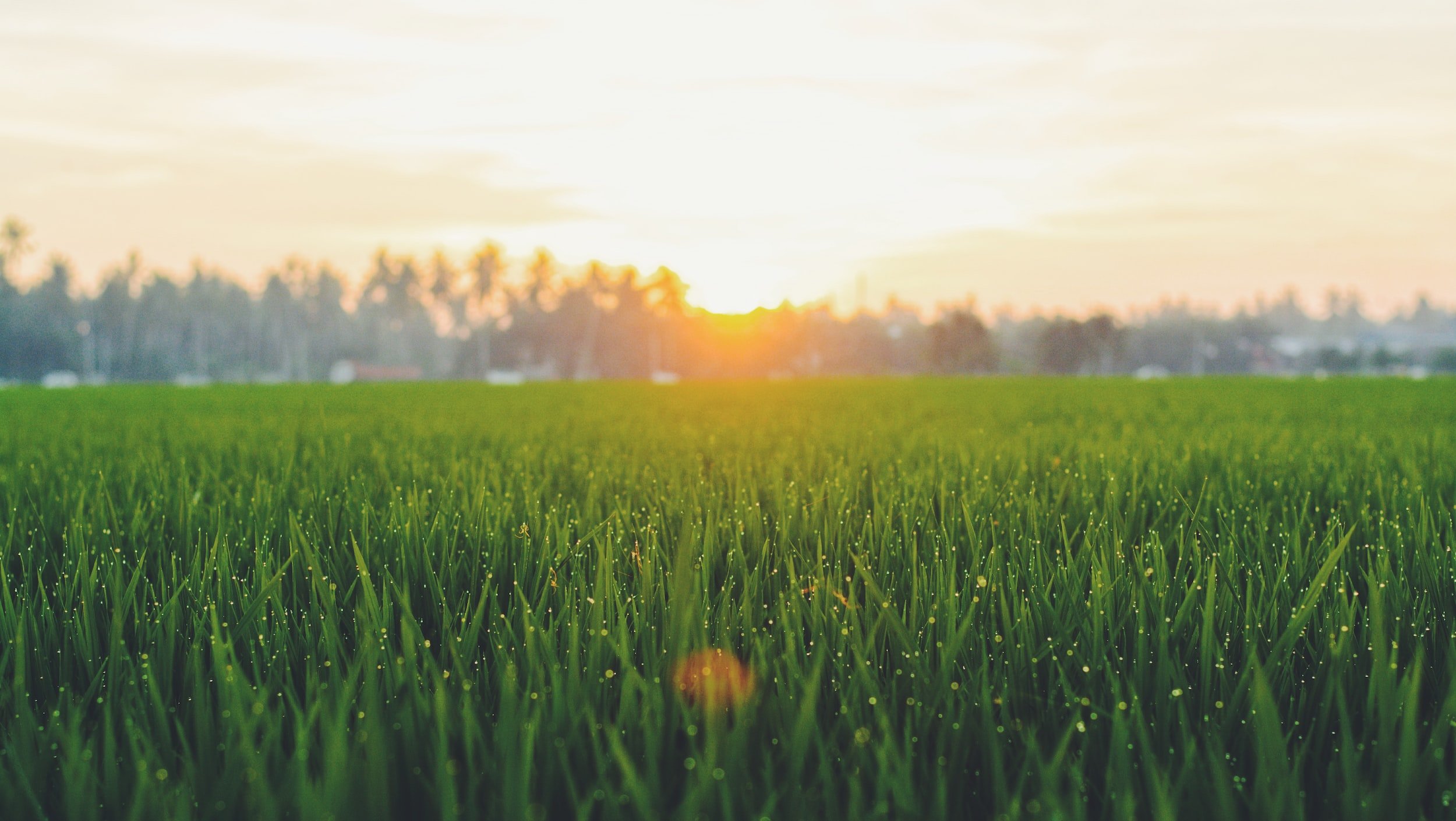
How does NPK work as a fertilizer?

Preparing Your Garden for Fall: Essential Tasks for a Stunning Autumn Landscape
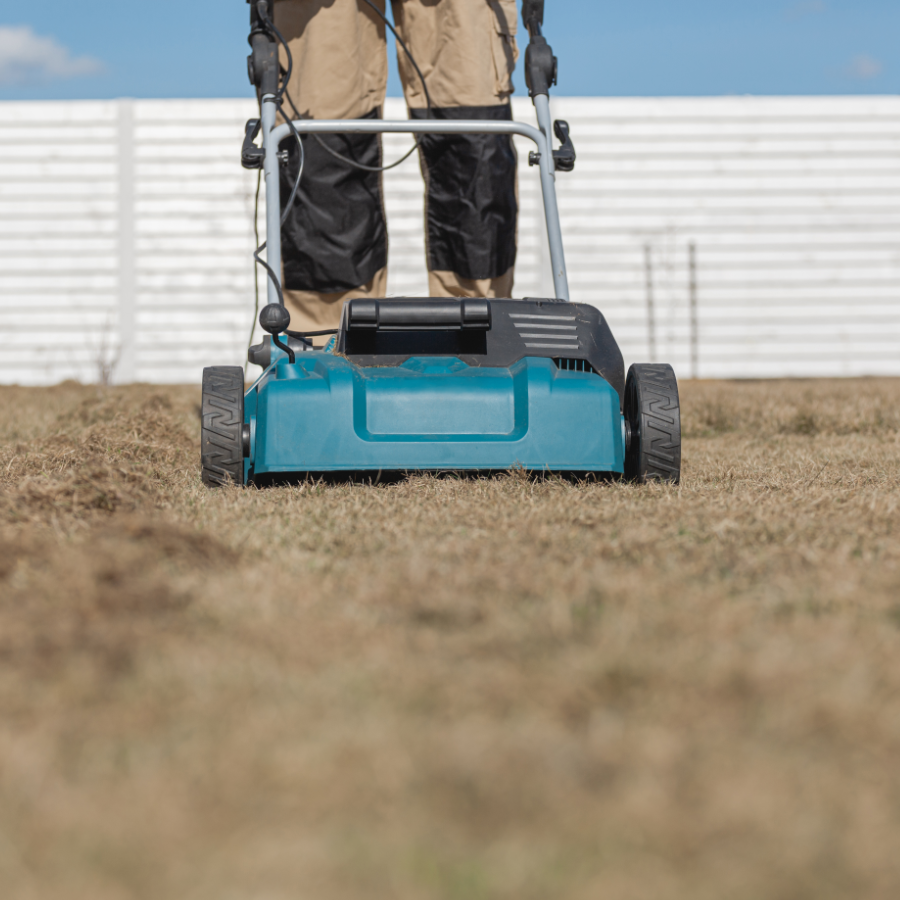
A Comprehensive Guide to Lawn Scarification and Aeration
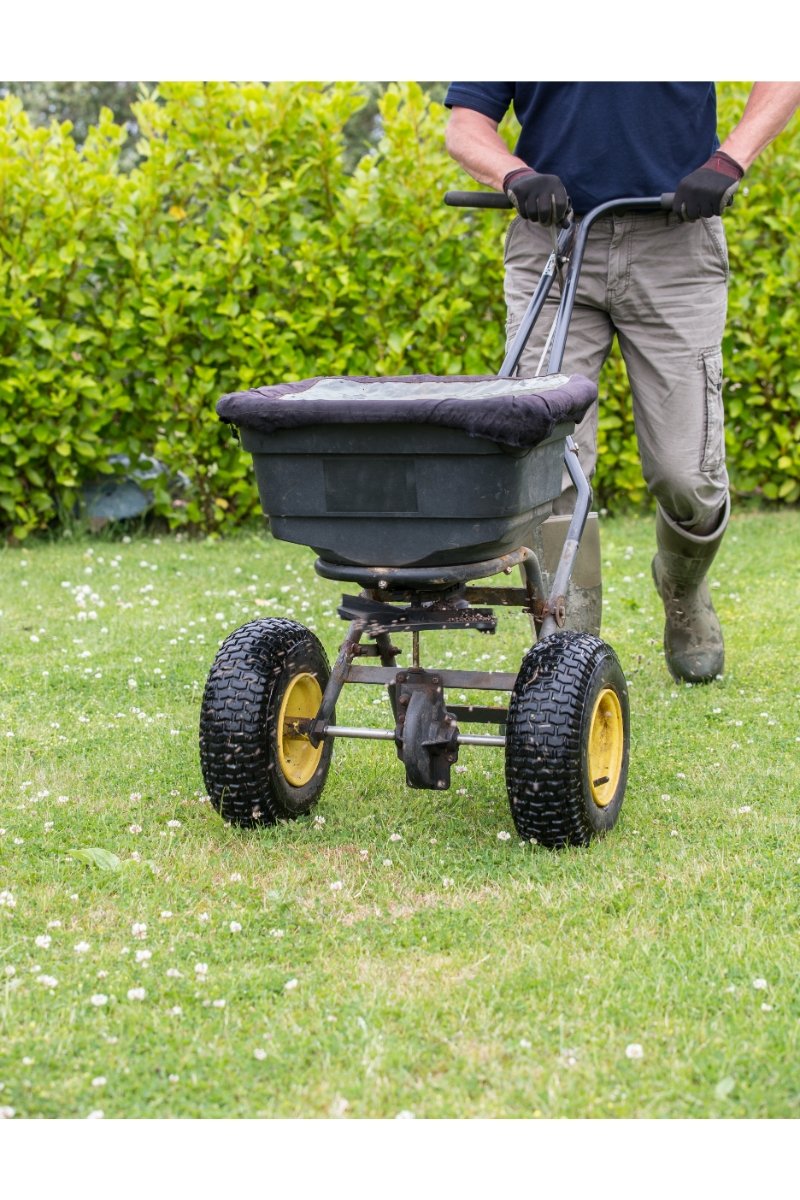
Ultimate Guide to Lawn Treatment Services for a Stunning September Yard

Unsinkable Gardens: The Aquatic Adventure of Quality Outdoor Rooms
Elevate your London garden with Quality Outdoor Rooms. Our expert drainage solutions prevent waterlogging, erosion, and enhance your garden's beauty. Transform your space today!

Why Investing in a Garden Makeover is a Wise Choice Amid High Inflation
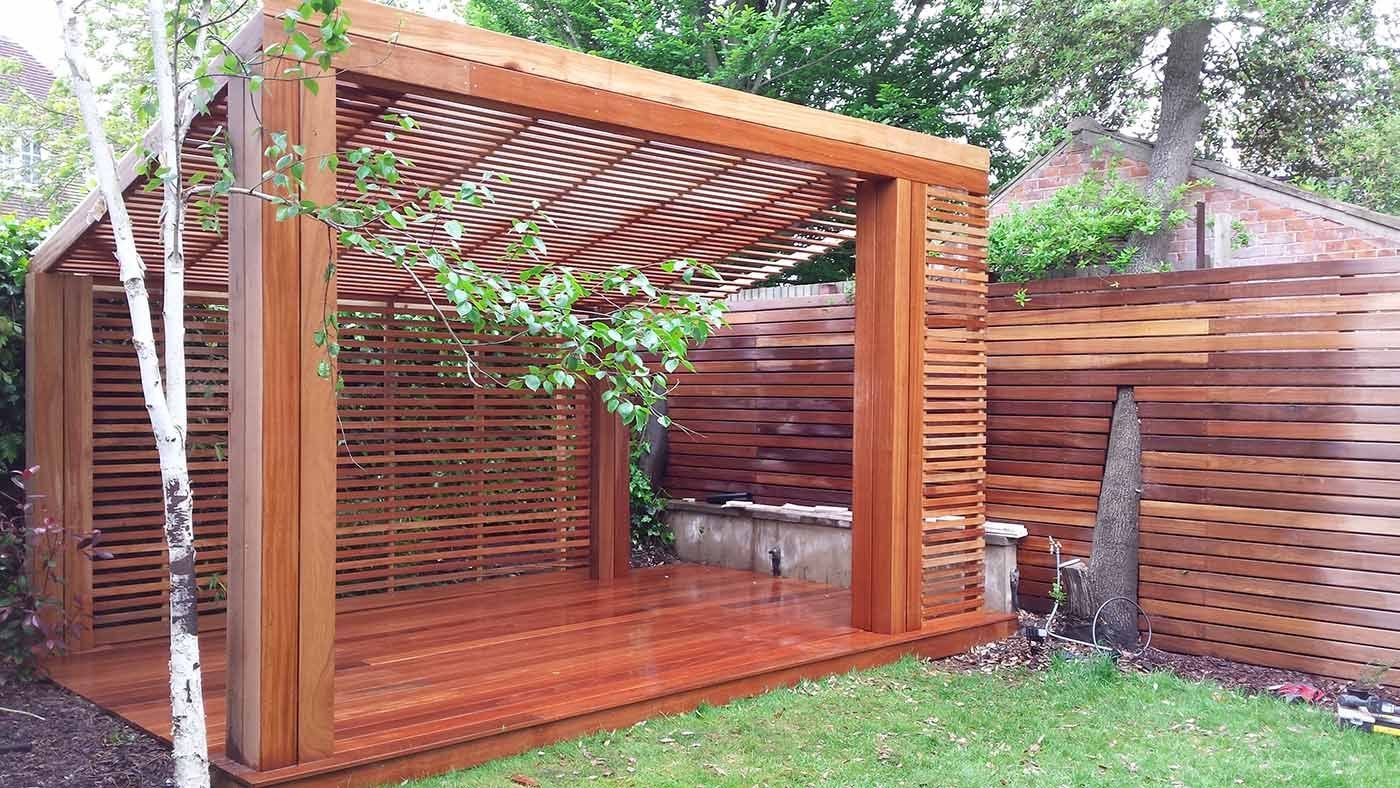
Decking and Pergola
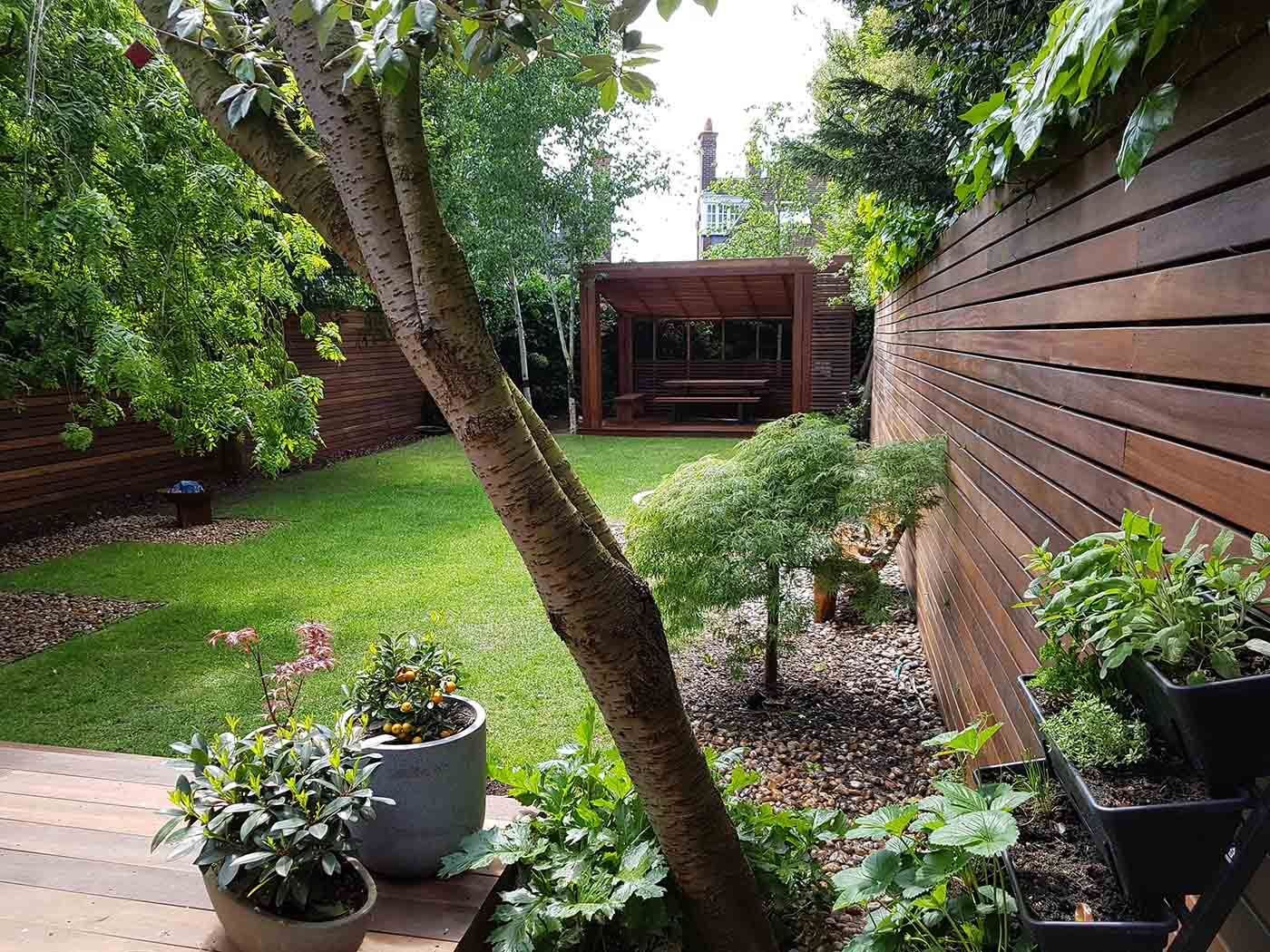
Transform Your Outdoor Space: Top Benefits of Hiring Landscape Gardeners
